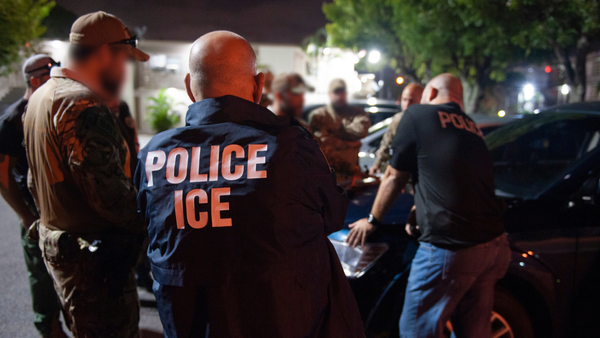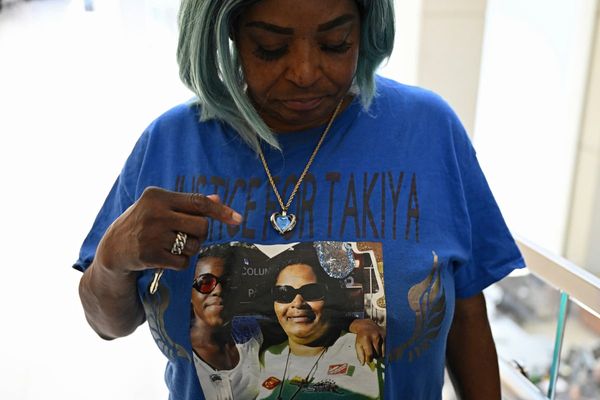
It's hard to comprehend the sheer size of an aircraft carrier. They are, in effect, weaponised floating hotels.
Crew facilities aboard the HMS Queen Elizabeth include a cinema, gyms and a chapel. There are four dining areas, with the largest being able to serve 960 meals per hour.
There's an eight-bed medical facility with 11 staff, which includes an operating theatre and a dental surgery. There are 1600 bunks in 470 cabins.
A height of 56 metres makes it taller than Niagara falls, and at 280 metres long, its flight deck stretches the length of 60 tennis courts. You could park four jumbo jets side by side on that deck.
At 65,000-tonnes, the HMS Queen Elizabeth ranks among the largest floating things ever constructed.
The amount of energy needed to move something this large is stupendous.
As a general rule, anything that needs to be moved or heated consumes a lot of energy. You get a sense of what this means if you consider that an electric vehicle battery is three to four times the size of a standard house battery.
Driving the HMS Queen Elizabeth requires four diesel engines, each weighing about 200 tonnes - about as much as two medium-sized passenger jets. Adding two 36-megawatt gas turbines brings the total to about 110 megawatts, enough to power a medium-sized town.
Of course, all this requires huge amounts of diesel. You couldn't simply park at the local marina to fill it up because its tanks hold nearly four million litres, plus nearly 3 million litres of jet fuel - the equivalent of 120 fuel trucks.
That gives it a range of more than 18,000 kilometres, enough to transport a family car to the moon and back 12 times.
All up, it would cost more than $US5 million to fill the tanks. That would knock a large hole in your credit card.
While it's big, the HMS Queen Elizabeth is dwarfed by the 100,000-tonne, 337-metre-long USS Gerald R Ford. That ship, however, is nuclear powered by two 125-megawatt nuclear reactors.
In all, there's 34 aircraft carriers in service or under construction, but they are just one part of the global weapons story.
As the Union of Concerned Scientists noted in June 2014, the US military is the largest institutional consumer of oil in the world, amounting to more than 100 million barrels of oil per year.
Acutely aware of this, the US military is working on alternatives.
It also raises a challenging question for an enemy commander.
Bearing down on you is a weapons platform of vast destructive power. Onboard are two nuclear reactors.
Would you pull the trigger?
Listen to the Fuzzy Logic Science Show at 11am every Sunday on 2XX 98.3FM.
Send your questions to AskFuzzy@Zoho.com Twitter@FuzzyLogicSci
We've made it a whole lot easier for you to have your say. Our new comment platform requires only one log-in to access articles and to join the discussion on The Canberra Times website. Find out how to register so you can enjoy civil, friendly and engaging discussions. See our moderation policy here.







